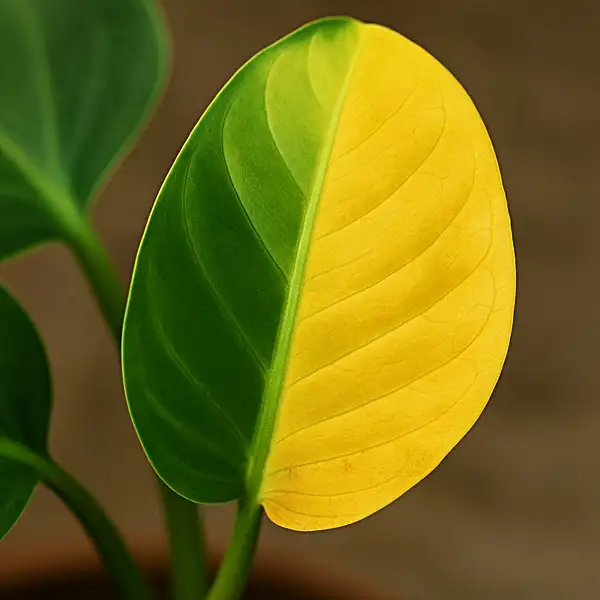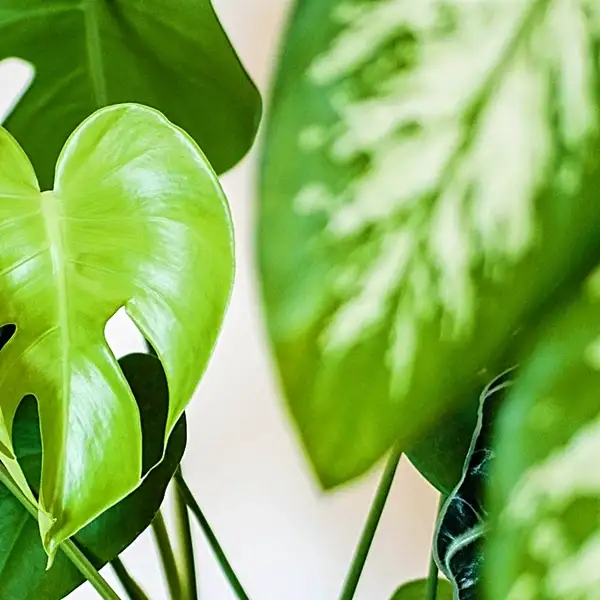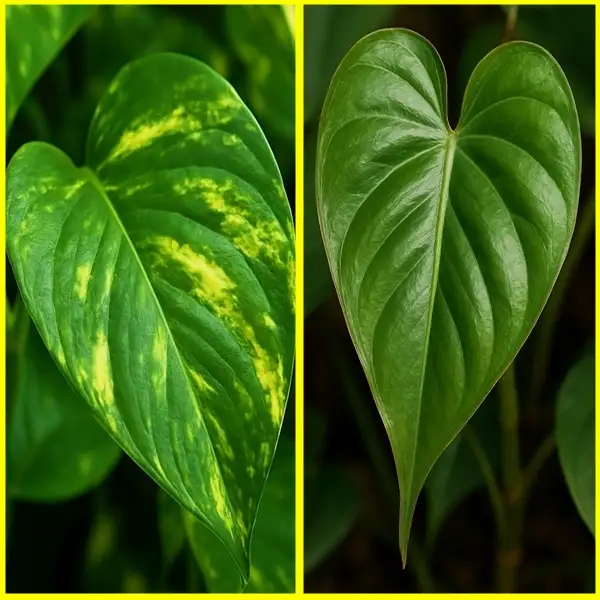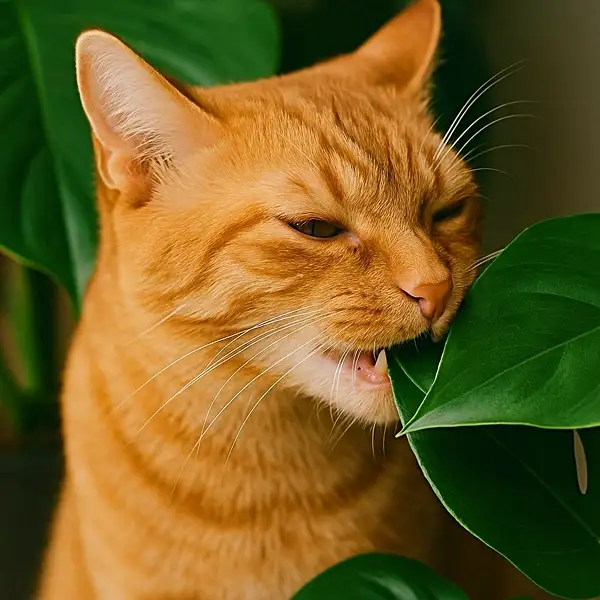Key Takeaways
| 🌿 Key Takeaways – Why Read This Guide? |
|---|
| Thinking, “Why is my Philodendron turning Yellow?” Discover what your philodendron’s color changes *are really saying* about its health. |
| Find out the most common reasons why philodendron leaves suddenly turn yellow. |
| Learn how to fix yellow leaves the right way—before it’s too late. |
| Understand what to check in your plant’s environment that most people overlook. |
| Get practical, beginner-friendly steps to restore your philodendron’s lush green glory. |
Introduction to Philodendron Plant Issues
Philodendrons are popular household plants, cherished for their rich green leaves & natural aesthetic appeal. They are easy to care for, provided that key environmental conditions – such as temperature, light exposure & humidity levels – are correctly maintained.
However, like every other living being on Earth, philodendrons can experience health issues; a common one is yellowing leaves.
A lush, green philodendron portrays a picture of perfect health, while opposite indicates that something is amiss with your houseplant’s well-being. A healthy leaf matures from an initially vibrant yellow or bronze color into deep, glossy green over time. Any deviation from this pattern signals trouble.
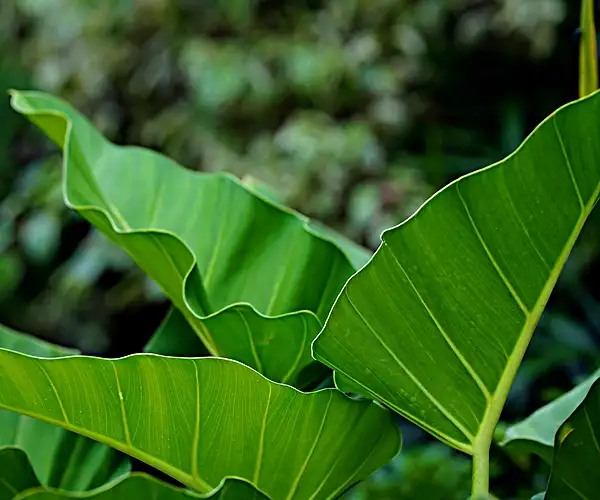
It’s surprising how indoor plants silently communicate their distress through changes in form & color – until we finally notice them.This phenomenon holds true for our beloved philodendrons too!
As plant enthusiasts say,
“A happy plant always dresses up in lush greens”
Indeed, this reflects good health, proper nutrition & optimal environmental conditions that support growth.
4 Types of Color Changes in Philodendrons
Philodendron color transitions should be carefully observed because they serve as reliable indicators of overall well-being of these wonderful houseplants.
| Leaf Stage / Color | What It Means | Action Needed |
|---|---|---|
| New Leaf: Bright Yellow or Bronze |
|
|
| Maturing Leaf: Deep Glossy Green |
|
|
| Mature Leaf Turning Pale Yellow |
|
|
| Sudden Yellowing in Multiple Leaves |
|
|
Rapid or erratic yellowing could convey different & multiple causes. Thus, it is crucial that a plant guardian must closely watch these color coding cues provided by our philodendron’s leaves regularly.
6 Common Causes of Yellowing Leaves in Philodendrons 🚨

Yellowing in a mature leaf’s lifecycle is usually associated with natural senescence (deterioration with age), akin to the behavior of deciduous trees in autumn. However, rapid yellowing on young leaves indicates something is awry & requires immediate attention.
Among the most typical triggers are –
| Cause | Effect on Plant | Notes |
|---|---|---|
| Overwatering |
|
|
| Underwatering |
|
|
| Improper Lighting |
|
|
| Temperature Fluctuations |
|
|
| Nutrient Deficiency (especially Nitrogen) |
|
|
| Natural Senescence |
|
|
6 Key Factors: Assessing Your Philodendron’s Environment for Possible Problems
An initial move when trying to decipher why your philodendron leaves are turning yellow is to carefully evaluate its environment, checking every parameter closely –
| Factor | What to Check |
|---|---|
| Light availability |
|
| Watering Schedule |
|
| Humidity Levels |
|
| Soil Quality |
|
| Drainage |
|
| Pot Size |
|
6 Common Problems + FIXES to Restore the Health of Yellowed Philodendron
Closely re-evaluating care routine is necessary to find the best solution for correcting environmental imbalances & nutrient deficiencies. Understanding & amending caring practices will eventually result in healthier & happier lives for beloved houseplants like the philodendron.
| Problem | Effective Solutions | Expected Result |
|---|---|---|
| Overwatering |
|
|
| Underwatering |
|
|
| Poor Lighting |
|
|
| Low Humidity |
|
|
| Nutrient Deficiency |
|
|
| Compacted or Poor Soil |
|
|
Final Words
Our sage-like indoor Philodendron communicates silently through color signals. It asks us to promptly attend to it if we see its lush greens turning pale yellow. This often indicates sickness that needs to be corrected as soon as possible.
Doing so will restore the lushness & vivacity they are so well-loved for as household plants across United States & elsewhere in globe.
Linda Solegato reminds us with the famous quote:
“Plants give us oxygen for lungs & butterflies for soul.”
Therefore, nurturing, observing & fulfilling each demand is our responsibility as compassionate plant guardians — to rescue our beloved houseplants from adversities of any kind & let them live, thrive & reach fullest potential they inherently possess within themselves.
Frequently Asked Questions
How do you fix a yellow philodendron?
Inspect light, watering, soil & humidity. Adjust any imbalance - reduce overwatering, improve drainage, provide bright indirect light & increase humidity. Feed with nitrogen-rich fertilizer. These steps revive leaf color & restore your philodendron’s lush green health.
What does an overwatered philodendron look like?
It shows drooping, soft yellow leaves & soggy soil. Roots may rot & emit a foul smell. The plant loses firmness & struggles to breathe due to excess moisture.
Why is my philodendron turning yellow after repotting?
Repotting shock may cause yellowing. Disturbed roots, sudden soil changes or altered watering trigger stress. Give your plant time to adjust & maintain stable care conditions.


